Are you ready to prepare your garden for the dropping temperatures? With the approaching winter season, gardeners tend to become dormant and winterize the garden beds from covering the soil to protecting the vegetables and preparing them for the next growing season.
A sudden drop in temperature is likely to kill or damage tender plants, flowers and vegetables, therefore it is essential to protect your garden’s vegetables with the long winter’s nap. It ensures you reap the best rewards in the next harvest. It’s better to be proactive when it comes to garden care. In this blog, we have created a detailed fall maintenance checklist for effective winter garden care.
- Harvest and Store Vegetables
It can be categorized into three parts, namely – Tender vegetables, semi-hardy vegetables and hardy vegetables. Each of them requires a different kind of maintenance for fruitful reap in the next spring.
Tender vegetables like tomato, peas, pumpkins, zucchini, beans, etc., cannot withstand frost, therefore they must be harvested before the frost arrives. Just pull out the plants and debris and ensure to burn or discard any infected plant instead of keeping it with the healthy ones.
Semi-hardy vegetables like cabbage, carrot, cauliflower, mustard greens, etc., are likely to be more sensitive and can tolerate only light frosts with temperatures ranging from 29 degree to 32-degree Fahrenheit. Their significant protection helps harvest the best crop quality, creating a mesmerizing outdoor space with beautiful garden furniture covers.
Lastly, hardy vegetables garlic, broccoli, spinach, brussels sprouts, etc., can be left in the ground as they can withstand harsh frosts ranging from 25 degree to 28-degree Fahrenheit. Surprisingly, they taste much better after tolerating a light frost!
- Let Herbs Take the Front Step
Not all herbs are the same when it comes to facing winter. Some are tough enough to weather the cold with no extra help, while others need a little care to make it through. Here’s a quick guide on how to care for some common herbs as the temperatures drops and create a picturesque space with add-on designer outdoor covers:
Sage: A cold-weather champion! Sage is a perennial in most regions and doesn’t need any special treatment for winter. Before the frost comes in, clip a branch or two to dry.
Rosemary: As a tender evergreen perennial, rosemary needs extra care. If you’re in Zones 6 or 7, you can protect it outside with some added insulation. In Zone 5 or colder, your best bet is to pot it up and bring it indoors.
Thyme: One of the hardiest of the bunch, thyme is nearly unstoppable. It will go dormant when the frost hits but will come back strong in the spring without any help.
Parsley: This biennial can handle light frost, but if you’re in Zone 5 or colder, give it a cover on chilly nights. Since parsley has a deep taproot, it doesn’t transplant well, so it’s best to start fresh with a new plant in the next spring.
Basil: Unlike perennials, basil cannot survive outside winters and needs to be transferred inside by digging up small plants for an extended lifespan.
- Add Manure to the Garden Beds
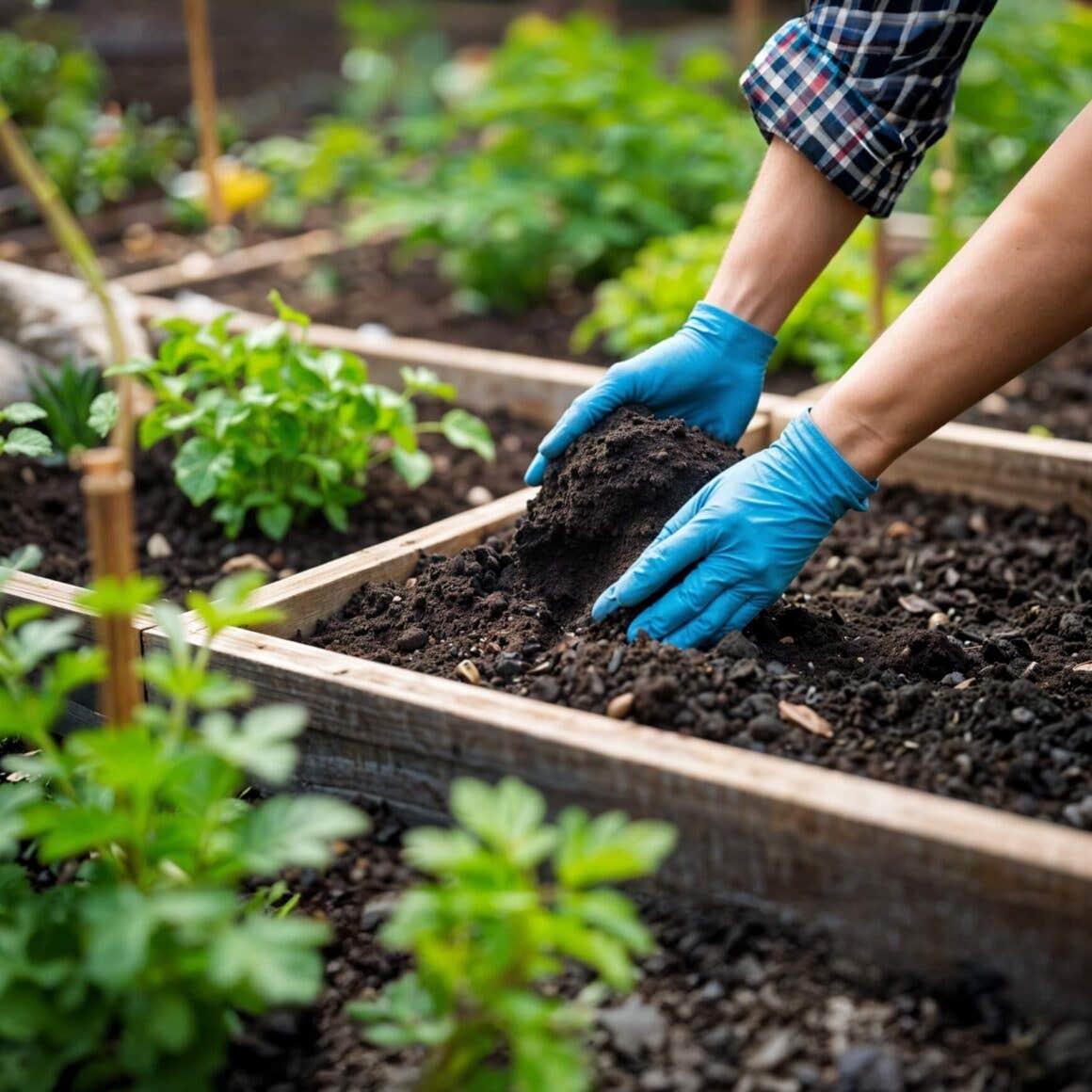
An effective autumn garden care ensures to nourish your garden with compost or manure in late autumn. By applying a few inches of manure before the ground freezes, allows soil to soak up those rich nutrients by winter. After adding compost, top it off with a light layer of straw or mulch to prevent soil erosion, nutrient loss, and pesky weeds from taking root.
If you’re working with a vegetable garden and prefer a low-maintenance approach, consider covering your beds with mulch, black plastic, cardboard, or an old carpet. Let it sit throughout winter, and by the time spring rolls around, the covering will have done its job by smothering existing weeds and preventing new ones from sprouting. Your garden will be primed and ready for planting, creating a peaceful outdoor vibe! You can also put sun shade sails to create a relaxing outdoor space.
- Hold off on Pruning Before Winter
Pruning this late in the year opens fresh wounds, and without time to heal, these cuts can leave plants vulnerable to the harsh winter ahead. Additionally, pruning stimulates new growth, which won’t have time to harden off before cold weather hits, leaving the new growth at risk of damage.
For young fruit trees, wrapping the lower trunk with a pest-proof tree wrap can be a lifesaver. It prevents critters from gnawing on the bark during the winter months. On warm, sunny days in late winter, followed by freezing nights, thin bark can split, especially on trees with southern exposure. A tree wrap or some shade can prevent this kind of injury. Just like you clean your garden space, consider cleaning garden furniture and decorating it with outdoor cushion covers for an aesthetically pleasing patio.
- Switch Off the Water System
If you haven’t turned off your water yet, now’s the time! Leaving hoses connected when frost hits can lead to major damage. In milder climates, you might get away with simply disconnecting the system from the spigot and letting the water drain out naturally. But if you live in a colder region, it’s best to take extra precautions. Use an air compressor to blow out any remaining water or bring irrigation components inside to keep them safe until spring. It is a great way to deck up your verandah and enhance it with an outdoor umbrella cover.
- Keep the Bird Feeders Stocked
Stay ahead of the game and take extra care of the bird feeders! During the colder months, birds need extra energy, so treat them to fatty, high-energy snacks like suet. Set up a consistent feeding routine along with fresh water to keep them coming back. Be sure to regularly clean your feeders and bird baths to keep everything hygienic and the birds happy and healthy all winter long!
Hygiene is a significant component for ensuring a flourishing garden fall result! Therefore, along with garden preparations, it is essential to consider fall outdoor furniture protection as well, along with garden furniture storage tips. Also check out the ways to clean outdoor furniture covers in winter.
Conclusion
Just following the above tips is not enough, do not forget to perform constant general garden maintenance guidelines for a perfect winter fall result. Some of these include, mowing the long grass before the deep snow arrives, covering the compost pile with plastic, draining the fuel tank on lawn mower, oiling tools to avoid rust, etc.
Our essential tips for a cozy outdoor space also include safeguarding your outdoor furniture with the help of outdoor chair covers and other furniture covers for complete protection.

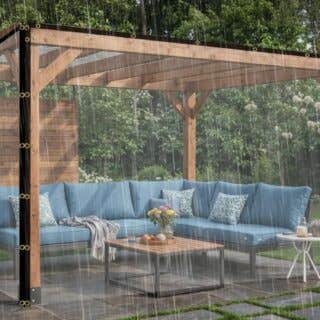

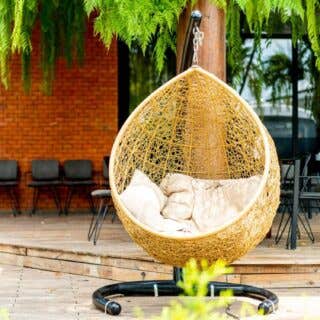


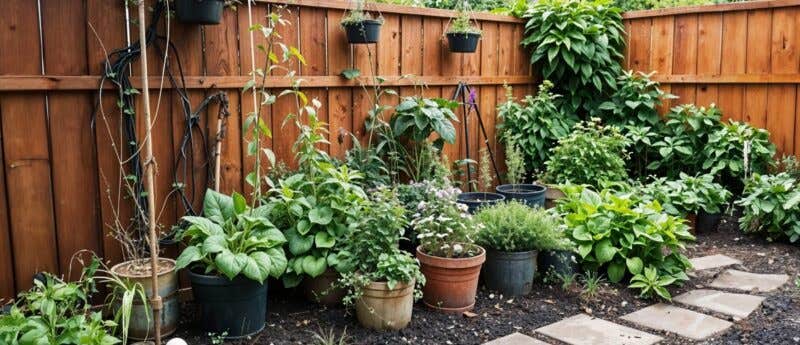



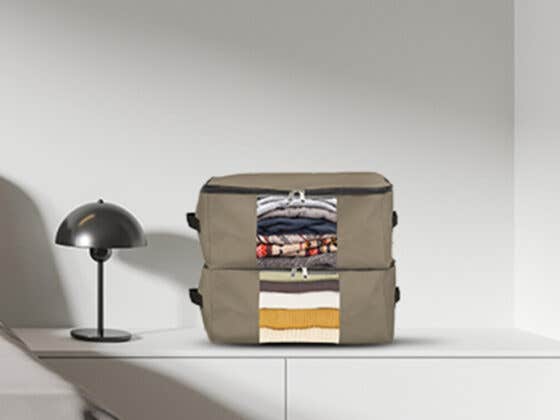
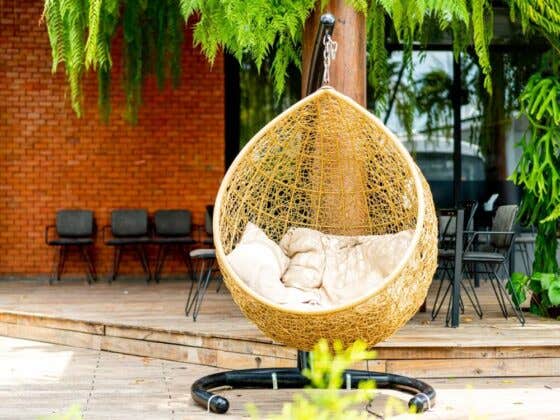



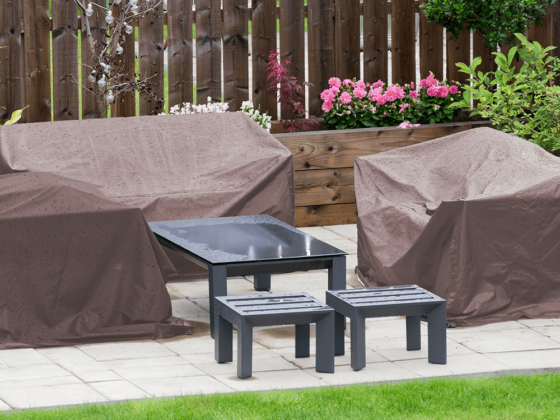

Recent Comments